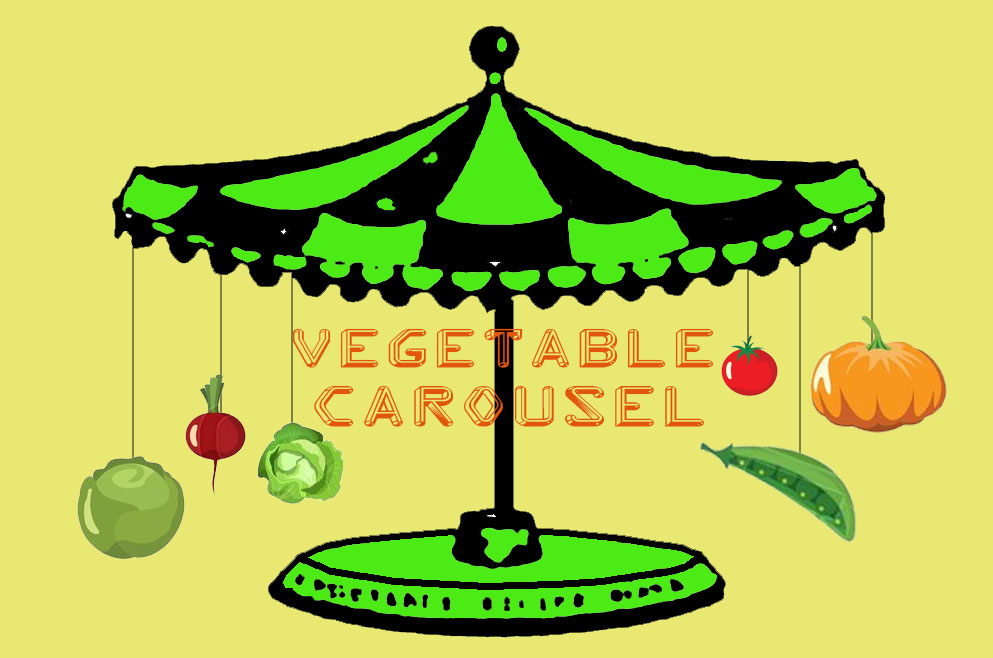Article Written By: Sue Both
GardenShop’s GardenGuru
Crop rotation is a method used by gardeners that involves moving different vegetables to different locations every year. Crop rotation reduces disease and pests and improves the soil. Usually vegetables are divided into 4 categories, but, for reasons of clarity, we prefer to identify 5 different categories.
- Brassicas – these are all the vegetables from the cabbage family, including: cabbage, Brussel sprouts, broccoli and cauliflower.
- Solanaceous vegetables – This is quite a large group, including: tomatoes, peppers, chillies, brinjals and even potatoes and sweet potatoes.
- Root vegetables – this group of vegetables are the ones (excluding potatoes and sweet potatoes) that mostly grow underground, including: carrots, radishes, turnips, beetroot and parsnips.
- Legumes – these are usually from the bean family (all beans and peas).
- Cucurbits and leafy vegetables – this group includes all veggies from the Pumpkin family (pumpkin, cucumbers, squash etc.) as well as lettuces and spinach.
Ideally, one should divide your vegetable garden into 5 sections and rotate your veggies throughout the garden from season to season.
To get the maximum benefits from crop rotation, rotate your planting according to the following cycle:
- The Brassicas Vegetables absorb a lot of nutrients from the soil. Thus, after harvesting your cabbages, plant some carrots or other root veg into the cabbage patch.
- Root vegetables often leave nematodes in the soil. Once you have harvested your root veggies, plant legumes as these vegetables improve soil condition by releasing nitrogen back into the soil, while at the same time breaking the cycle of the nematodes left in the soil by the root veg.
- After you’ve harvested your legumes, plant your solanaceous veg. They will benefit from the nutrient rich soil left by the legumes.
- Leafy veg & cucurbits have a low demand on soil nutrients and should thus be planted after your solanaceous crops.
- So, plant your five categories of vegetables in your five different sections of your veggie garden and then rotate according to the above points, as illustrated below:

The benefits of vegetable crop rotation are abundant and brilliant:
- It prevents soil depletion
- It maintains soil fertility
- It reduces erosion
- It controls pests and disease
- It reduces reliance on chemicals
- It reduces pest build-up
- It helps to control weeds
So, if you want better veggie crops with less effort, start your vegetable Merry-Go-Round!

